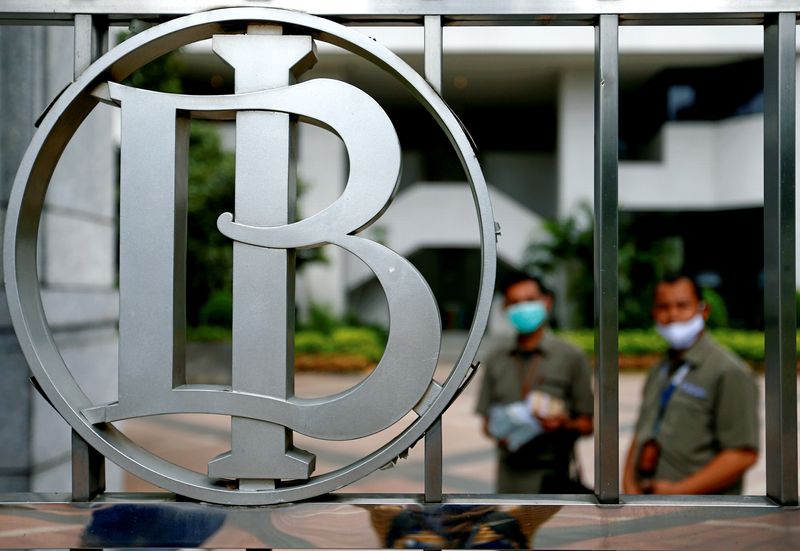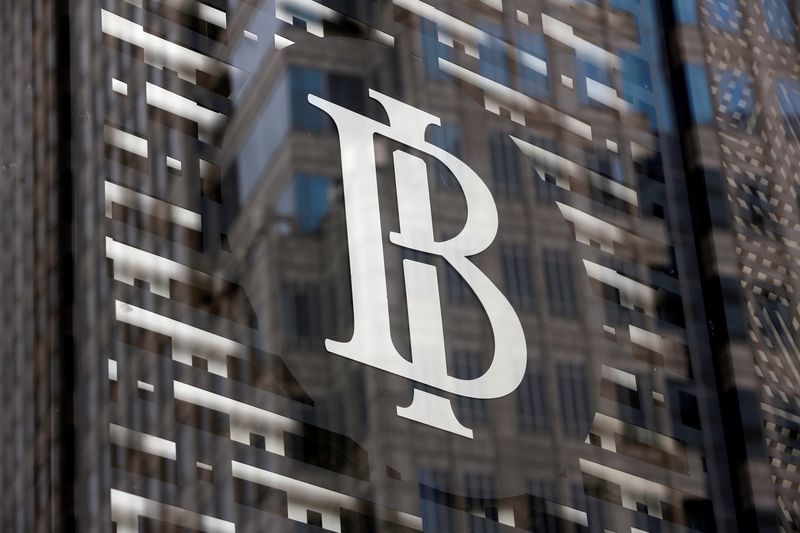By Gayatri Suroyo
JAKARTA (Reuters) - Indonesia booked a current account surplus for the first time in a decade in 2021, data showed on Friday, but its balance of payments came under pressure in the final quarter due to bond market outflows and higher imports.
Bank Indonesia (BI) data showed Southeast Asia's largest economy recorded a $3.3 billion current account surplus last year, equivalent to 0.3% of gross domestic product, helped by a commodity price boom and strong demand from trade partners. It was Indonesia's first surplus since 2011.
The 2021 balance of payments registered a $13.5 billion surplus.
Persistent current account deficits and reliance on foreign portfolio inflows have previously contributed to the volatility of the rupiah, but analysts say last year's surplus should help steady the currency this year even as global liquidity tightens.
Signs of an acceleration in the U.S. Federal Reserve's monetary tightening have already spurred outflows from the Indonesian bond market, squeezing capital and financial accounts in the fourth quarter, data showed.
The current account surplus narrowed to $1.42 billion, or 0.4% of GDP, in the fourth quarter, from a $4.97 billion surplus, or 1.7% of GDP, in the previous three months, on rising imports and freight costs.
The fourth quarter also saw a deficit of $844 million in the balance of payments, compared with the July to September period's $10.69 billion surplus.
JP Morgan analyst Sin Ben Ong said fourth-quarter bond outflows of $4.9 billion were the second largest in more than a decade, but he noted that net foreign exchange reserves "exhibited remarkable resilience".
He said this would reduce BI's need to move its policy rate in lockstep with the Fed.

BI's latest outlook is for the current account to swing back to a deficit of between 1.1% to 1.9% of GDP in 2022, on moderating commodity prices and rising domestic demand as economic recovery from the COVID-19 pandemic strengthens.
Bank Mandiri's analyst Faisal Rachman predicted a 2.15% current account deficit and limited portfolio inflows this year, and that the balance of payments will likely post a smaller surplus than in 2021.
